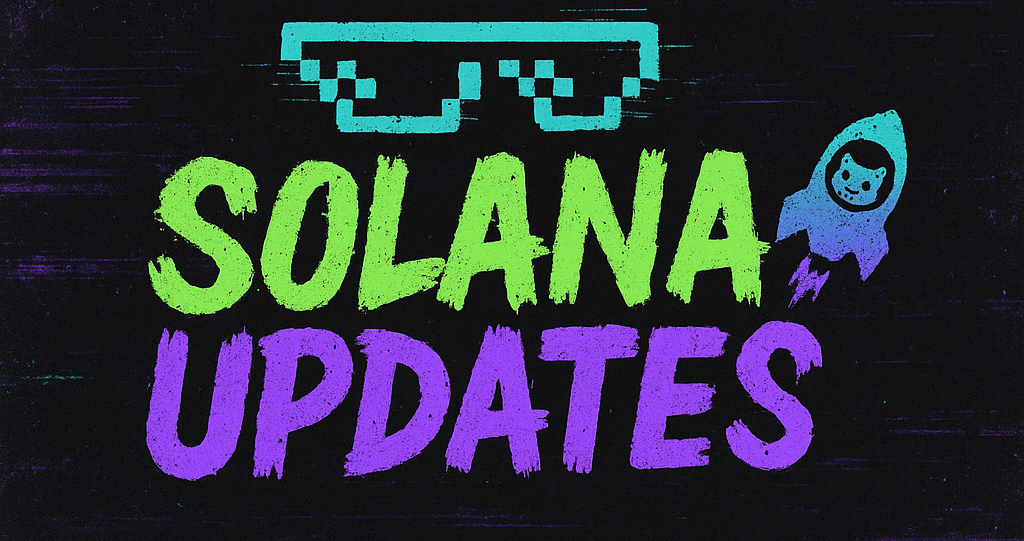Bitcoin’s Mining Difficulty Faces Largest Drop Since July 2021 Amid Hashrate Decline
In a significant development for the world of cryptocurrency, Bitcoin is poised for its largest mining difficulty adjustment since July 2021. This anticipated decline of approximately 9% is a response to a notable reduction in the network’s hashrate, offering a temporary respite to miners who have been grappling with increased pressure due to seasonal factors and the aftermath of the latest halving event.
The mining difficulty adjustment is a critical mechanism in Bitcoin’s protocol that ensures the time between blocks remains consistent, approximately every 10 minutes. When the hashrate drops, indicating that fewer resources are being allocated to mine new blocks, the difficulty adjusts downward, making it easier for miners to find the next block. This process occurs approximately every two weeks, or after every 2,016 blocks.
The recent decline in hashrate has been attributed to several factors. One of the primary reasons is the seasonal migration of mining operations. During summer, particularly in regions like China where many mining farms are located, the cost of electricity rises as hydroelectric power becomes less abundant due to lower rainfall. This leads to a decrease in mining profitability, prompting some miners to temporarily halt operations.
Additionally, the impact of Bitcoin’s recent halving cannot be underestimated. The halving event, which reduces the reward for mining Bitcoin by half, decreases the immediate profitability of mining. This naturally results in some miners shutting down their less efficient machines, which contributes to a drop in the overall network hashrate.
Despite these challenges, the upcoming adjustment offers a silver lining for the crypto mining community. A lower difficulty means that miners will require less computational power to generate the same number of Bitcoins, potentially improving profitability in the short term. This could entice some miners to reactivate their equipment or even encourage new entrants to the market, stabilizing the hashrate in the subsequent weeks.
However, experts caution that this relief might be short-lived. As more miners come online to take advantage of the lower difficulty, the hashrate is likely to increase again, leading to a subsequent upward adjustment in mining difficulty. This cyclical nature is inherent to Bitcoin’s self-regulating system, designed to maintain the integrity and predictability of the block generation process.
Looking forward, the industry continues to innovate in response to these fluctuating challenges. The focus remains on improving mining efficiency through advanced technologies and more sustainable energy practices. As the market evolves, the balance between maintaining profitability and ensuring environmental responsibility will be key.
For now, the impending difficulty drop serves as a reminder of Bitcoin’s dynamic nature and the complex interplay of factors that influence its ecosystem. As the crypto world watches closely, miners are gearing up to adapt to the changing landscape, ready to seize the opportunities that lie ahead.
🛒 Recommended Product: Check out top-rated crypto gear on Amazon


